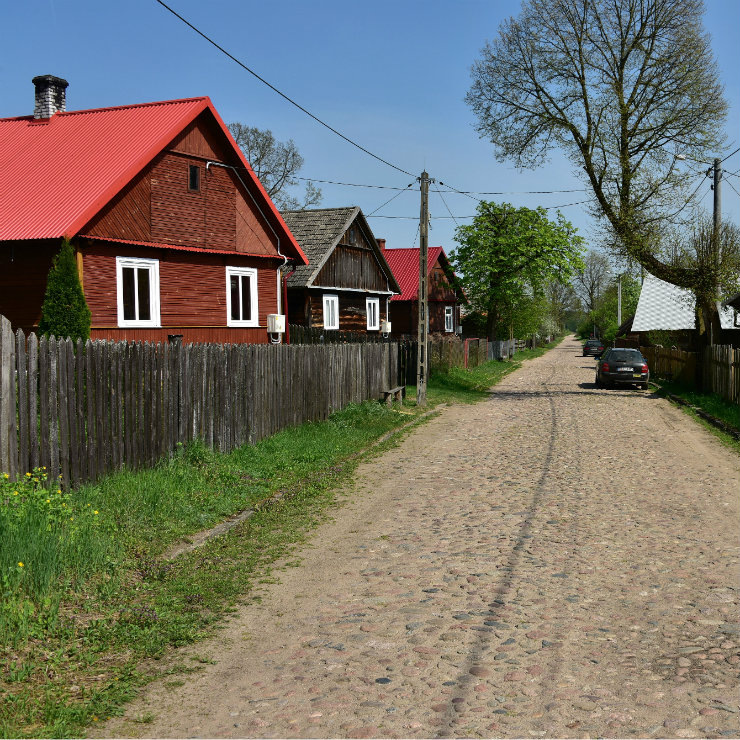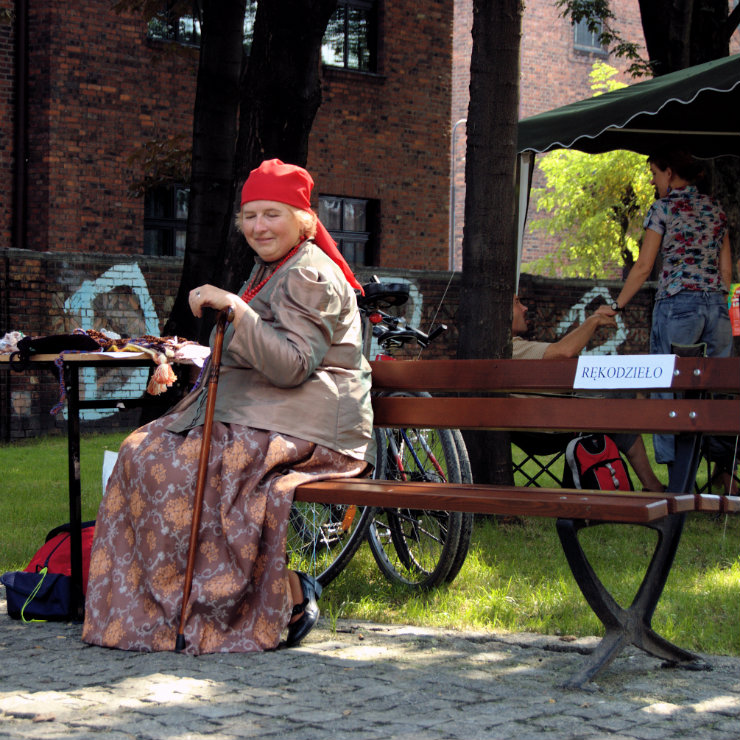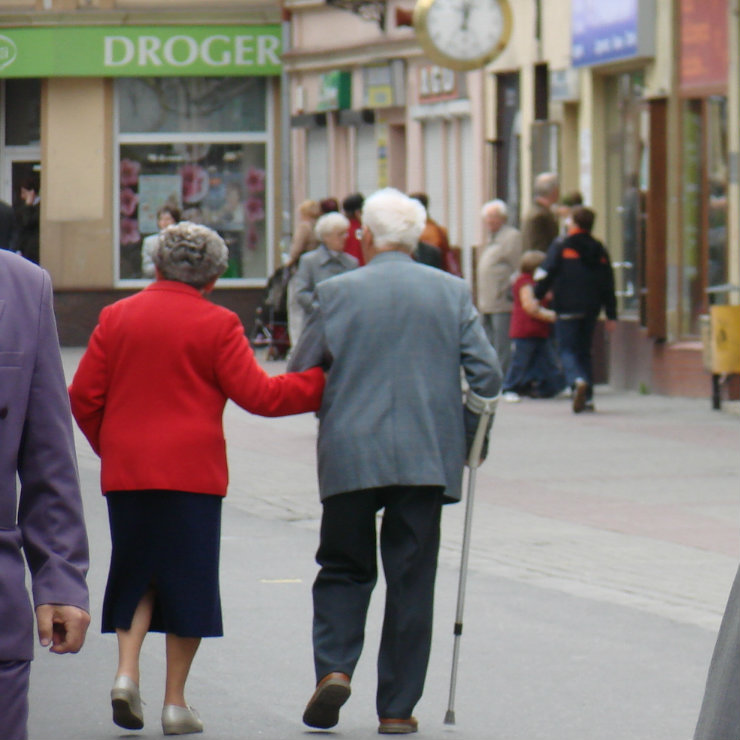
The main constraint for Croatia's long-term economic growth is the growth of productivity, and not demographic problems the country, together with Central and Southeast Europe (CSE), faces.

“Many villages in Poland, not only in the eastern part of the country, are depopulating at an alarming rate,” says Professor Monika Stanny from the Institute of Rural and Agricultural Development of the Polish Academy of...

Public retirement pension systems were originally developed in Europe in the late 19th century. However, in the 21st century demographic trends are putting the pension systems under threat.

For years, Russia has been compensating its own population decrease by leaving its borders open for migration from “donor countries” in the former Soviet Union.

Low fertility and increasing life expectancy in most of the world's economies are causing a decline in the natural interest rate. Too restrictive monetary policy may increase the risk of the economy falling into a deflationary...

Poland should increase its investment rate, i.e. the ratio of the gross fixed capital formation to the GDP. The economy needs such an increase, which is also confirmed by international comparisons.

Countries that joined the European Union after 2004 have struggled with labor shortages, but no one has been hit as hard as Romania, which joined the European Union together with Bulgaria in 2007.

There are many indications that the period of fast growth of the Polish economy is already behind us. Simple growth reserves have been exhausted and high-tech production in has not been developed to a significant extent.

The experts from the Economist Intelligence Unit are pointing out that the population of Central and Southeast Europe will decrease by nearly 34 million people over the next 33 years.

The shrinking labor supply that is reported by entrepreneurs from the Central and Southeast European (CSE) countries may soon have a negative impact on economic growth in the region. In the countries of the so-called old EU, this...